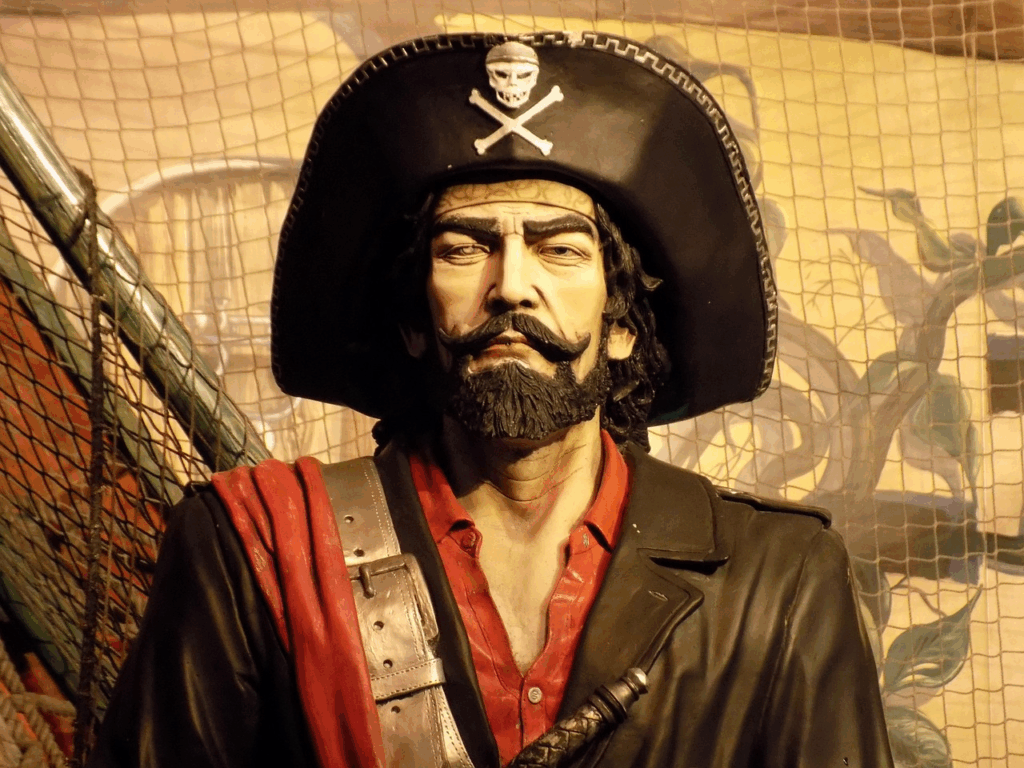It’s said that “great minds think alike,” and history offers plenty of proof. From calculus to the telephone, many groundbreaking discoveries have been made twice.
Across continents and decades, independent inventors have stumbled upon the same ideas at nearly the same time. Sometimes it’s competition, sometimes it’s coincidence, and sometimes it’s simply that the world was ready for the next leap forward.
These strange overlaps, often called simultaneous invention, reveal that invention often isn’t a lightning-bolt moment but a convergence of multiple thinkers reaching for the same solution in different corners of the world.
When the World Invented the Same Thing Twice
One of the most famous cases of simultaneous invention is the telephone. In 1876, both Alexander Graham Bell and Elisha Gray filed patents for nearly identical devices on the same day. In the Bell and Gray controversy, Bell ultimately won the legal battle, but historians still debate who deserves credit. Their near-simultaneous discoveries weren’t pure coincidence; both were experimenting with sound transmission at a time when advances in electricity made it possible.
The lightbulb followed a similar pattern. Thomas Edison is often celebrated as the sole inventor, but more than 20 inventors, including Joseph Swan in Britain, developed versions of electric lamps around the same period. Edison’s genius wasn’t in the invention itself but in perfecting the filament and creating a commercial system to power it.
Even calculus, one of the pillars of modern mathematics, had two inventors: Isaac Newton in England and Gottfried Wilhelm Leibniz in Germany. Working independently in the 17th century, both developed the same foundational principles—Newton focusing on physics, Leibniz on notation. Their overlapping discoveries sparked one of history’s most famous scientific rivalries, but today, both are recognized as co-creators of a world-changing idea.
Check out How Algorithms Decide What You’ll See Next for another example of systems evolve.
The Pattern of Parallel Discovery
Scientists and historians call this phenomenon “multiple discovery.” This refers to the situation in which particular inventions arise simultaneously because the cultural and technological groundwork is already in place. Once the world has the right materials, tools, and questions, innovation becomes almost inevitable.
Consider Darwin and Wallace, who independently developed the theory of evolution by natural selection. When Wallace sent his essay to Darwin in 1858, the older scientist was stunned to see his own ideas mirrored almost exactly. Instead of competing, they presented their findings jointly to the Linnean Society. It’s a rare instance of cooperation in the history of science.
Even more curious are artistic and technological coincidences. In 1903, the Wright brothers took flight in the U.S.—but just days earlier, Brazilian inventor Alberto Santos-Dumont achieved similar success in Europe. Decades later, in the 1940s, jet engines were invented nearly simultaneously by Britain’s Frank Whittle and Germany’s Hans von Ohain, working in total isolation from one another.
See The AI That Paints, Writes, and Dreams: What It Means for Creativity for how new tools spark ideas.
Why Coincidences Keep Happening
Parallel invention isn’t luck. It’s momentum. As knowledge accumulates, ideas build naturally toward specific outcomes. Once the conditions are right, discovery becomes a matter of who gets there first, not if someone will.
Psychologists call this “the adjacent possible,” referring to the idea that each innovation opens the door to the next. When society reaches a particular stage of development, similar minds are likely to explore the same paths. The internet, smartphones, and AI all emerged from this same fertile overlap of curiosity and capability.
Yet there’s something profoundly human about it, too. Across time and geography, people share the same drive to understand, improve, and create. Coincidental inventions remind us that progress isn’t owned. It’s shared. The next big idea might not belong to one person, but to an age ready to imagine it.
For more mind-bending overlaps, check out The Craziest Coincidences in History.




